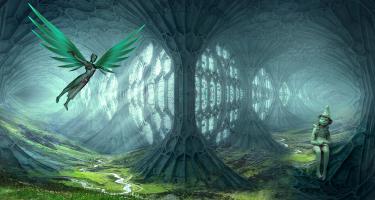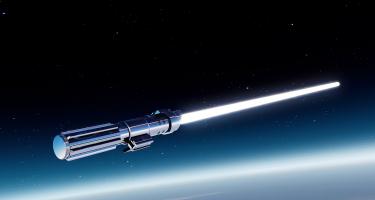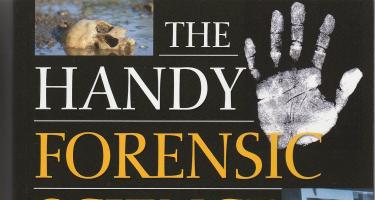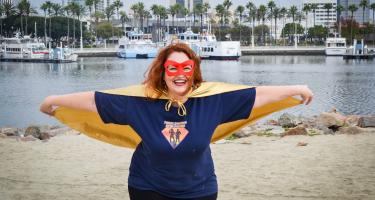
Linda Zajac, Unofficial Guides to Minecraft Survival & Minecraft Mods
How does a writer research a book on the computer game Minecraft for elementary school-age children? By playing it–a lot, Linda Zajac reports. In The Unofficial Guide to Minecraft Survival, she provides tips to help users stay alive in the game, and in The Unofficial Guide to Minecraft Mods, she explains how users can vary their gaming experience. Both books include STEM and coding sidebars.







